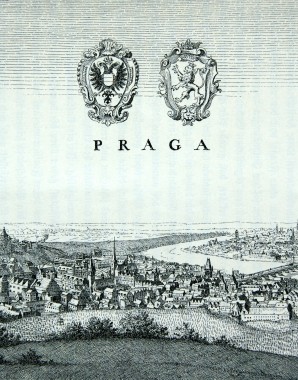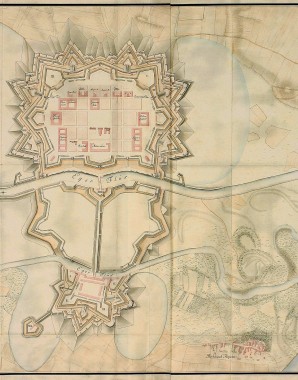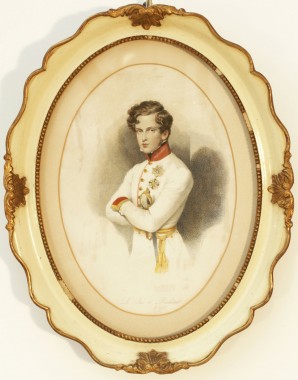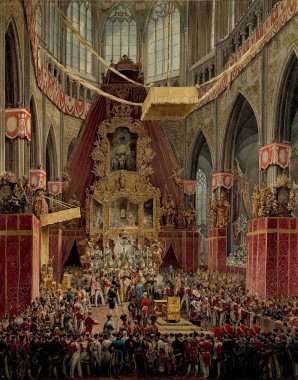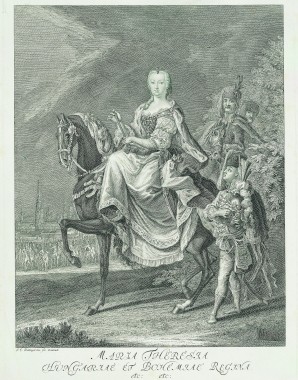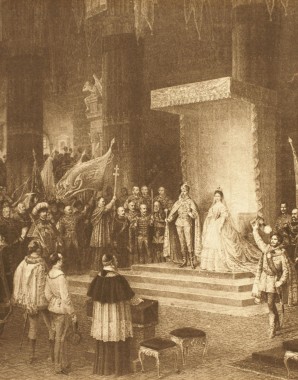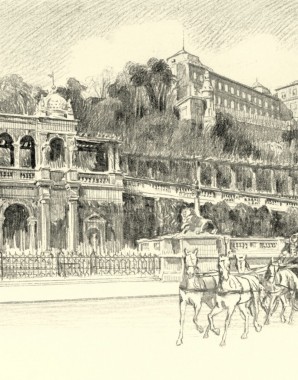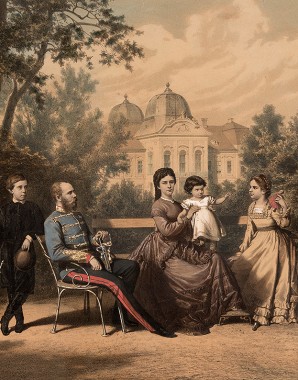In Habsburg Lands
The world of the Habsburgs was a vast one – both geographically and metaphorically. The Habsburgs ruled over a great and multifarious empire, composed of different countries, landscapes and peoples, each with their own history, language and tradition.
Many common features, but also significant differences, characterized coexistence within the Habsburg Monarchy. A great deal of economic and cultural convergence took place, which in some instances is still perceptible today.
Following the collapse of the Monarchy in 1918, the successor states mostly stressed what made them different, and what they shared became submerged by events of the Second World War and the partition of central Europe by the Iron Curtain.
For many years, Vienna and Austria viewed themselves as the sole trustees of the Habsburg inheritance. However, it should not be forgotten that the house of Habsburg and its history were and still are viewed and appraised differently from Prague or Budapest, from the perspective of the Habsburg legacy lying outside the borders of today’s Austria.

